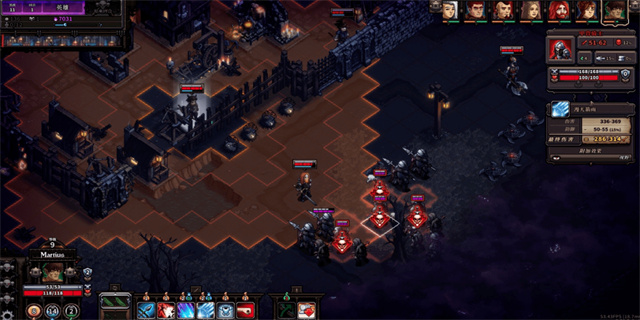Server is Too Busy
Introduction:
Technology has become an integral part of our lives, and with it, the importance of having a reliable server has increased significantly. However, sometimes servers can become overloaded and unable to handle the incoming requests and traffic. This phenomenon, known as \"server is too busy,\" can be frustrating for both website owners and users. In this article, we will explore the reasons behind a busy server, its effects, and possible solutions to alleviate the issue.

Causes of a Busy Server:
A busy server can occur due to several reasons, including:

1. High Traffic:
One of the primary reasons for a busy server is an unexpectedly high influx of website visitors. This could be due to a sudden surge in popularity, increased advertising, or viral social media posts. When a server receives more requests than it can handle simultaneously, it may become overwhelmed and result in slower response times or even crashes.
2. Insufficient Resources:
Another reason for a server being too busy is the lack of adequate resources. Servers require sufficient CPU power, memory, and bandwidth to handle incoming requests efficiently. If the server is running on outdated hardware or the allocated resources are insufficient for the current demand, it can easily become overloaded and struggle to respond to user requests in a timely manner.
3. DDoS Attacks:
A Distributed Denial-of-Service (DDoS) attack is a malicious attempt to disrupt the regular functioning of a server or website by overwhelming it with a flood of internet traffic. These attacks often involve multiple devices, controlled by a hacker, simultaneously sending an overwhelming amount of data to the server. DDoS attacks can cripple even the most robust servers and render them too busy to handle legitimate user requests.
Effects of a Busy Server:
When a server is too busy to handle the incoming traffic effectively, it can have several detrimental effects:
1. Slow Response Times:
A busy server will be unable to respond to incoming user requests promptly, leading to slow-loading web pages. Users expecting quick access to information may become frustrated and abandon the website, resulting in a loss of potential customers or readers. Moreover, search engines like Google consider page load times as a ranking factor, so a slow website may have a negative impact on its visibility in search results.
2. Decreased User Experience:
When users experience slow response times or failed requests, their overall browsing experience is significantly affected. Slow-loading pages, timeouts, or errors can leave a negative impression and deter users from returning to the website in the future. A poor user experience can damage a website's reputation and credibility, ultimately impacting its success.
3. Potential Revenue Loss:
For e-commerce websites or platforms that generate revenue through advertisements, a busy server can directly affect their financial performance. If users face difficulties accessing product pages or encountering errors during the checkout process, they are more likely to abandon their purchases. Additionally, advertisers may choose to withdraw their campaigns if the website's performance is consistently poor, leading to a loss of potential revenue.
Alleviating Server Busy Issues:
To address the problem of a busy server, there are several measures that website owners and administrators can take:
1. Scalability and Load Balancing:
Implementing a scalable server infrastructure can help distribute incoming traffic efficiently. Load balancing techniques distribute requests across multiple servers, preventing overload on any single server. This approach allows for better utilization of available resources and helps mitigate the effects of a busy server.
2. Server Optimization:
Optimizing server settings, software, and database configurations can significantly improve response times. This involves fine-tuning the server's operating system, web server software, and database settings for better performance. Compression techniques, caching mechanisms, and content delivery networks (CDNs) can also help reduce server load and improve user experience.
3. DDoS Protection:
To mitigate the impact of DDoS attacks, websites can employ DDoS protection services that detect and filter out malicious traffic. These services analyze incoming requests, identifying potential attackers and blocking their access to the server. Implementing a dedicated DDoS protection solution can ensure that legitimate users can access the website even during an attack.
Conclusion:
A busy server can have severe implications for website owners and users alike. It can lead to slow response times, decreased user experience, and potential revenue loss. However, by understanding the causes behind a busy server and implementing appropriate measures, such as scalability, optimization, and DDoS protection, website owners can alleviate this issue and ensure a smooth browsing experience for their users.

















